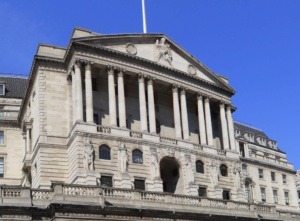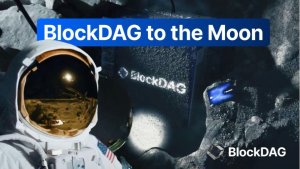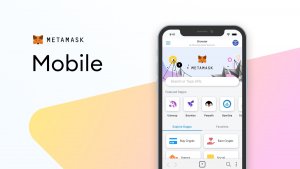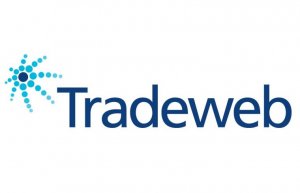BoE’s proof of concept on Real Time Gross Settlement service highlights DLT potential
All participants confirmed that the functionality offered by the renewed RTGS service would enable their systems to connect and to achieve settlement in central bank money.

Further to the announcement by the Bank of England that it was undertaking a Proof of Concept (PoC) to understand how a renewed Real Time Gross Settlement (RTGS) service could support settlement in systems operating on innovative payment technologies, such as those built on DLT, the Bank today unveils the results of these efforts.
The POC was run with Baton Systems (Baton), Clearmatics Technologies Ltd (Clearmatics), R3 and Token. The Bank anticipates to be able to facilitate capability for the renewed RTGS service to interface with new technologies as and when they are developed to provide sterling payment services.
The key aims of the POC were to understand whether the planned prefunded settlement functionality would enable settlement platforms using innovative technology to access central bank money in the renewed RTGS service, as well as to find out what additional functionality the renewed RTGS service would need to provide in order to enable platforms using innovative technology to optimise their access to central bank money settlement.
The Bank notes that the POC used a cloud-based test RTGS service, which is separate from live Bank systems. No live data was used, and no access to live RTGS was given. POC participants were able to interact with this service through an application programming interface (API). Participants were able to move funds between accounts and fund and defund collateral accounts. When funding and defunding it was important to ensure balances in RTGS and the payment scheme were fully aligned. Payments were then made within a participant’s payment scheme, resulting in net exposures between RTGS members which couldn’t exceed the level of funds held by those members’ in RTGS. The participant then originated a settlement message from the scheme to settle net exposures.
Baton, for instance, connected its DLT-based platform to the API and simulated the ability to process settlements on behalf of members. The company demonstrated the ability to set minimum balances, make margin payments, fund and defund accounts, and settle obligations using central bank money, reconciling balances between their ledger and RTGS. Baton additionally demonstrated both bilateral and multilateral net settlement of trades processed through their ledger. Baton also demonstrated the capability of a regulatory node to view market risks in real time.
Some limitations have been identified. Certain participants asked whether the renewed RTGS service could have a more flexible approach to account structure to cater to new settlement models being developed. For example, one participant highlighted a preference to operate through a single-account structure, rather than settling through a separate account for each member.
Two participants used an intermediary interface to settle over RTGS. The interface was designed to fulfill some actions not provided by the cloud RTGS functionality. These participants noted that this setup reintroduced some of the problems that innovative technologies are looking to solve: in particular, the existence of unnecessary points of trust and failure in the network. This issue could potentially be mitigated if the RTGS service was capable of supplying the so-called cryptographic proof.
A cryptographic proof uses a combination of functions to ensure trust in systems and between parties. It can be used for user authentication and to protect data from theft or alteration
All participants confirmed that the functionality offered by the renewed RTGS service would enable their systems to connect and to achieve settlement in central bank money.
Based on these recommendations from the participants, the Bank will continue to engage with fintech firms to keep up to date with innovation in payment technology.









